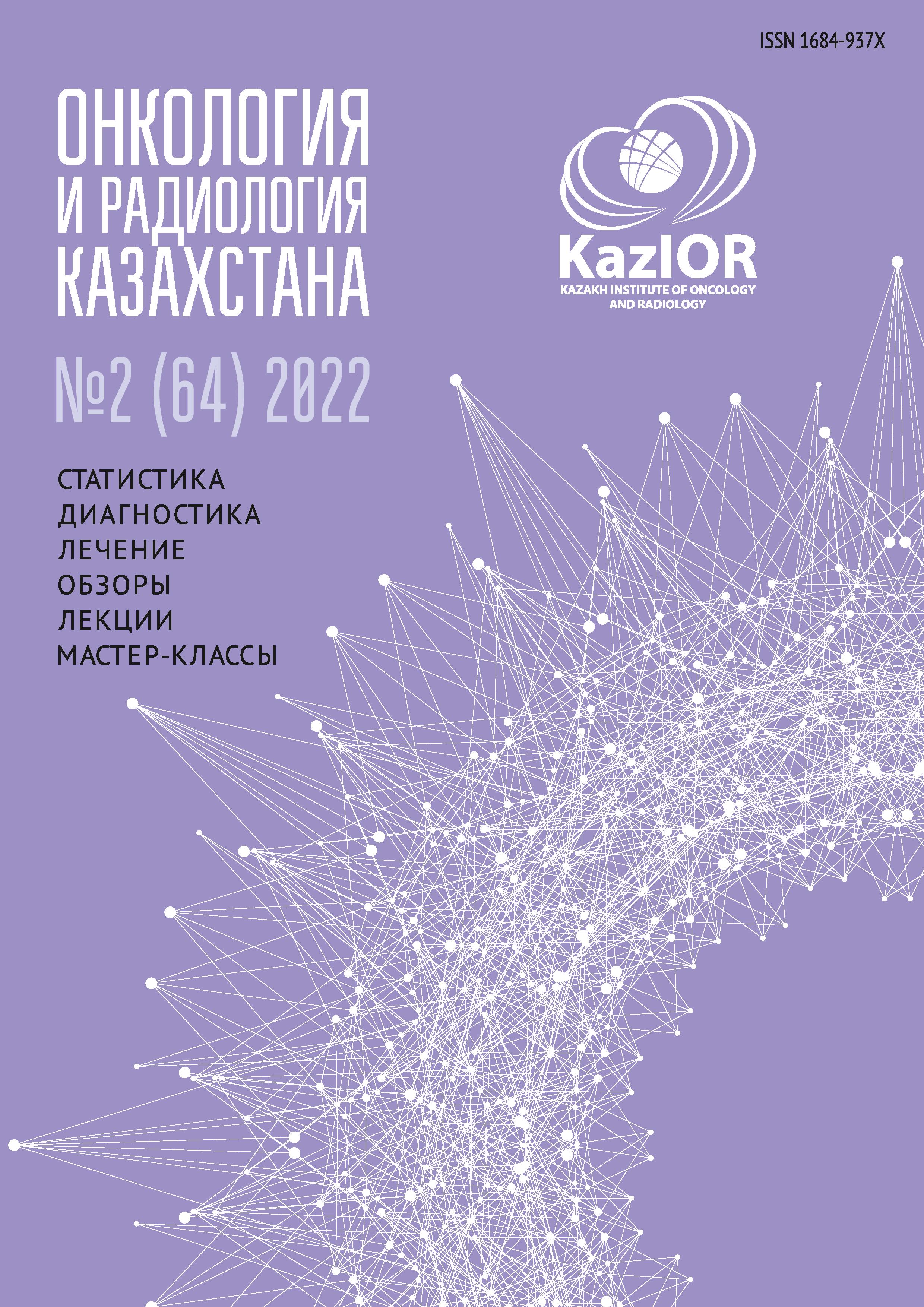Characteristics of lung-rads 4a and 4b category nodules detected during lung cancer screening using low-dose computed tomography
Keywords:
lung cancer, pulmonary nodules, Lung-RADSAbstract
Relevance: With the introduction of low-dose lung cancer screening, it became necessary to study the radiological characteristics of detected nodules in order to determine the optimal tactics for managing patients, reduce mortality by detecting early stages, and also to reduce the number of false-positive results.
The study aimed to investigate the radiological semiotics of lung lesions detected by low-dose lung cancer screening and classified as categories 4A and 4B according to the Lung-RADS 1.1 and establish the relationship between their characteristics and possible malignancy.
Methods: We studied the results of 167 LDCT images of the chest. All LDCT examinations were performed on CT scanners with a low dose protocol that did not exceed 1 mSv.
Results: Of the 167 identified lesions in the lungs, 89 (53.3%) were pathologically verified: 6 (7.1%) cases from the Lung-RADS 4A category
and 83 (100%) from the Lung-RADS 4B category. According to pathomorphological examination, 74 (83.1%) out of 89 participants had malignant tumors. In the studied categories, the association between the development of lung cancer and gender Odds Ratio was statistically significant – 2.320 (95% CI 1.230-4.376). Most lung cancer cases had solid nodules (83.8%) with tuberous contours (43.2%), a density of 20-35 HU, and the reaction of the adjacent pleura (58.1%).
Conclusion: The study of pathognomonic radiological characteristics of lung lesions will improve the early diagnosis of lung cancer and
reduce the number of false-positive results.

